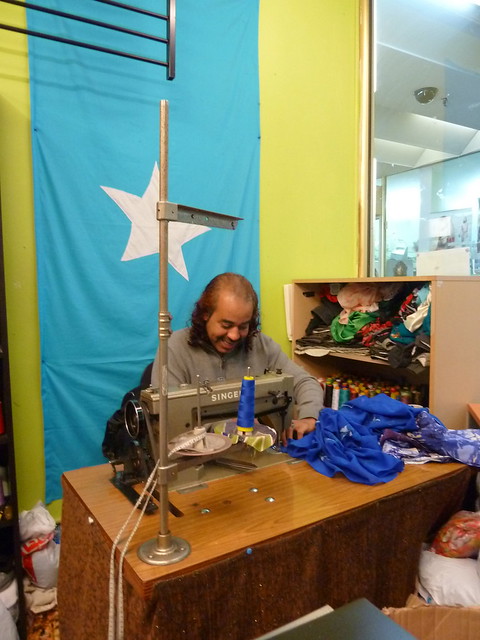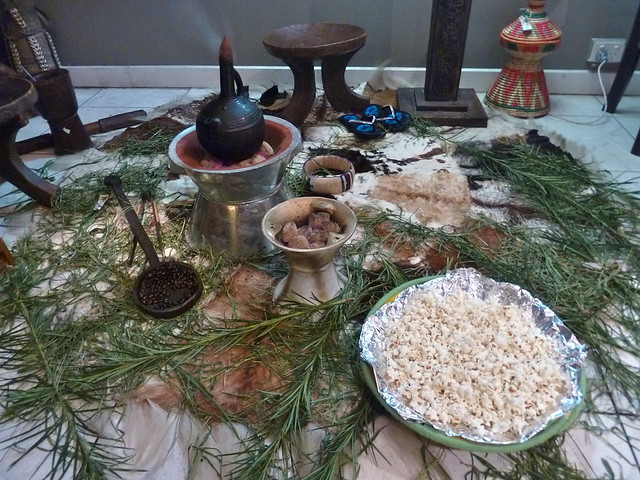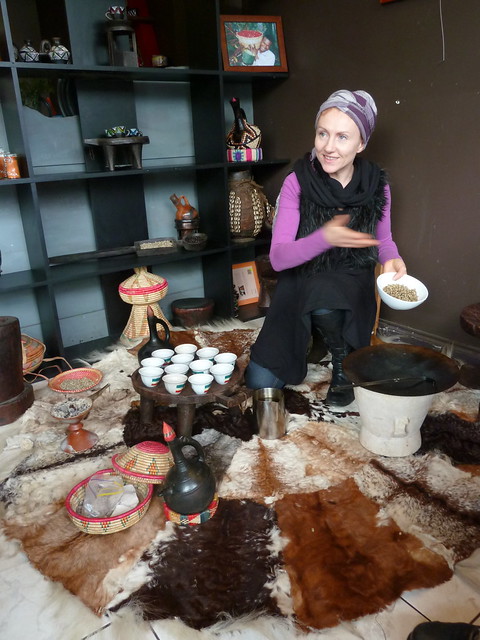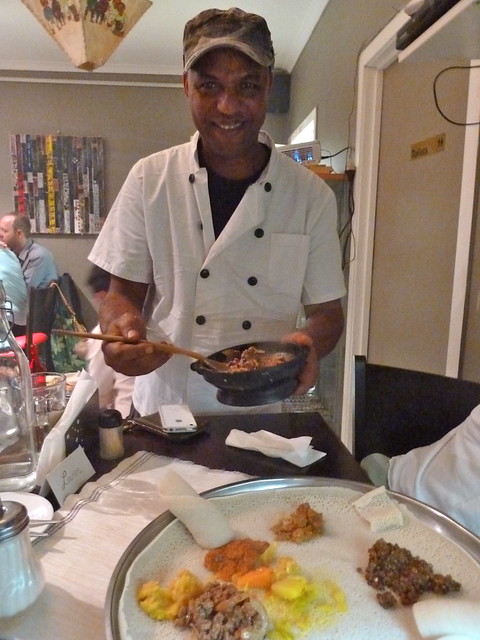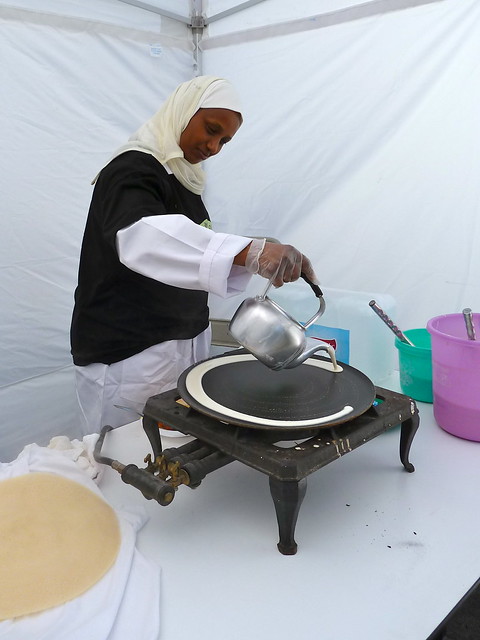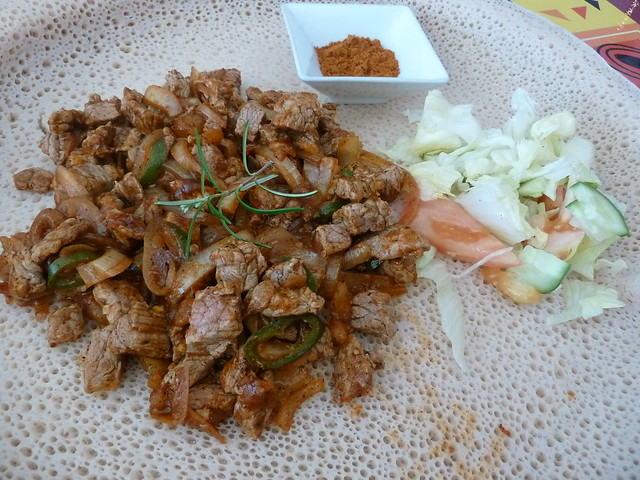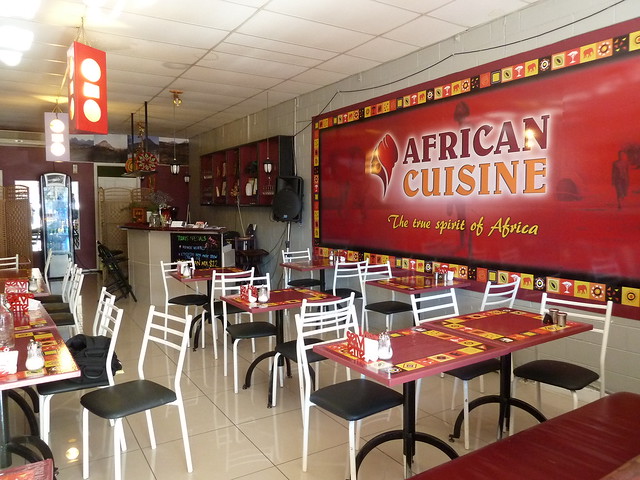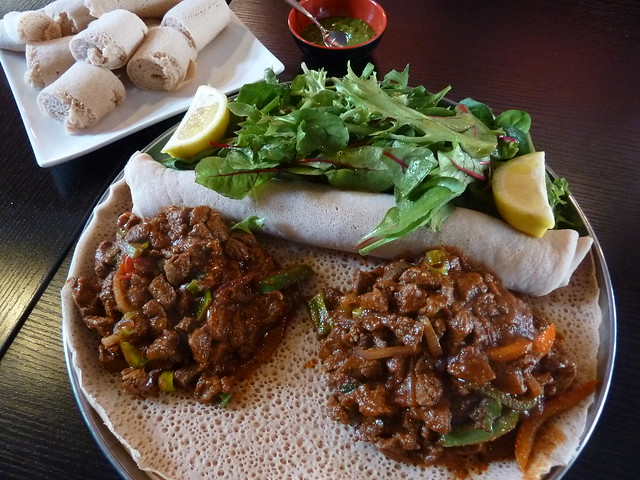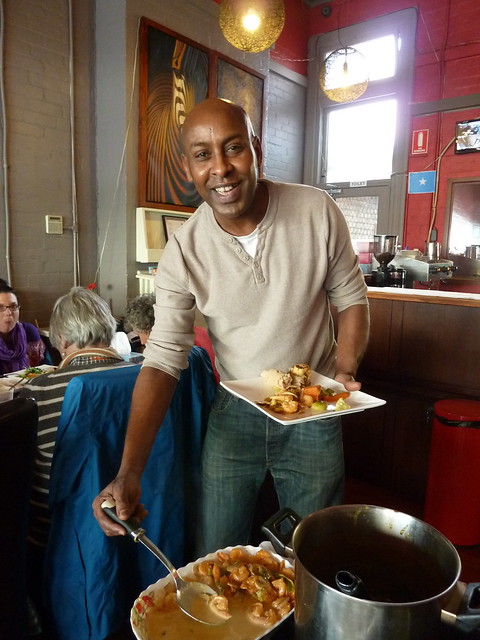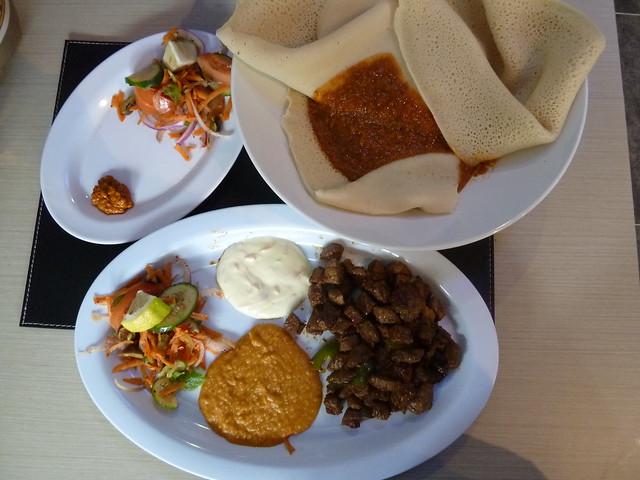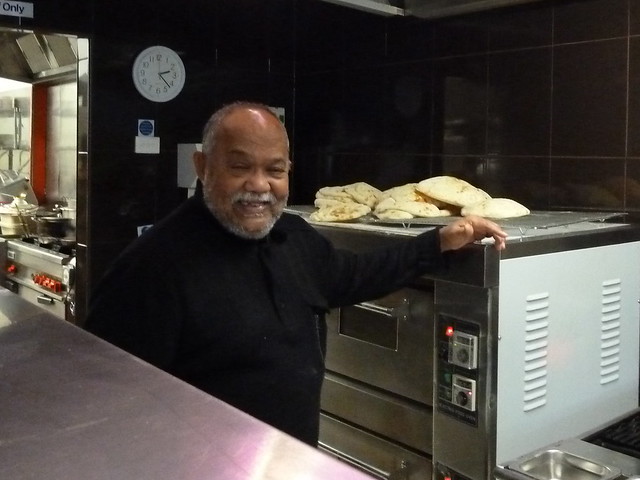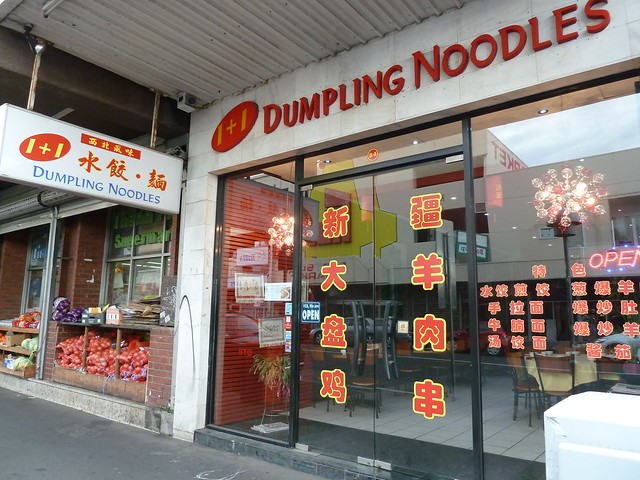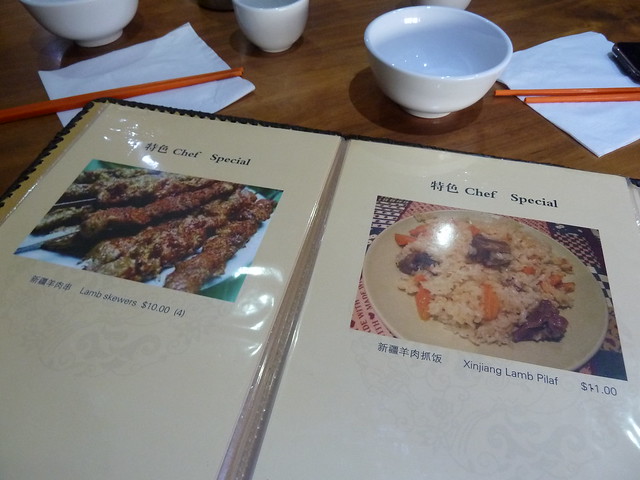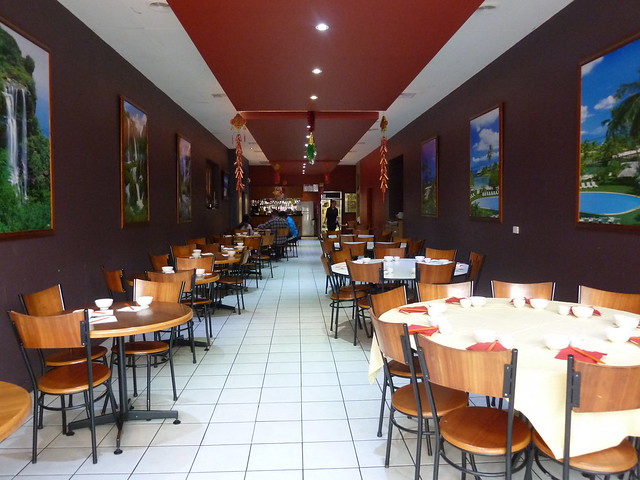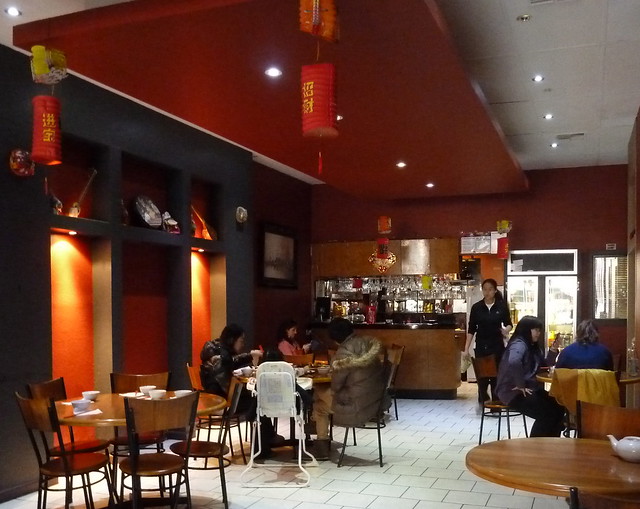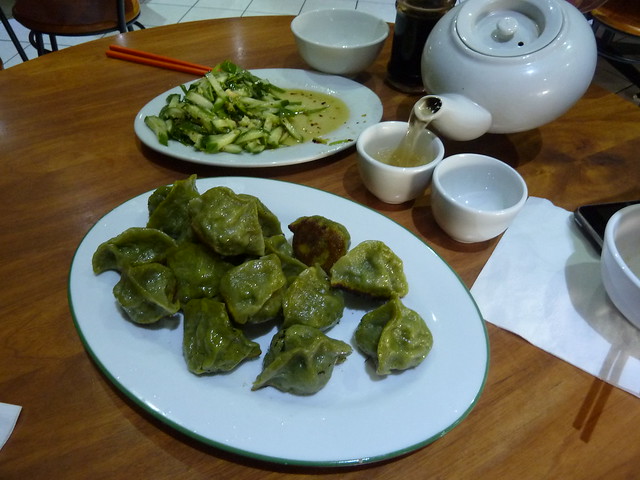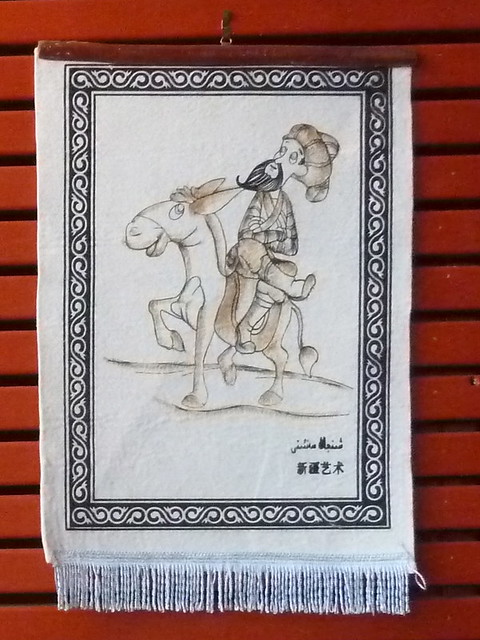If you didn't already know, I run Footscray Food Tours in partnership with the CAE. I've just begun running one that focuses on Footscray's rich repository of east African food and culture, in which we explore drinks from butter-infused coffee to hibiscus tea, herbal remedies from Sudan and street food from Somalia. I thought I'd share with you a few snippets from the time I spent researching this tour!
When I was running a tour last weekend, someone asked me beforehand where they could buy coffee beans in Footscray. The question threw me for a minute as I had to ask, "Roasted or unroasted?" While coffee is often thought of as brown, shiny roasted beans, in Ethiopia the roasting part is an integral part of preparing coffee and hence they are sold in their light green, unroasted form.
This is Rozenn from one of my favourite spots in Footscray, Konjo Cafe, demonstrating a traditional coffee ceremony. The green beans in the bowl in her hand are tipped onto the black flat plate which is above a brazier of charcoal and cooked until dark brown and beginning to pop. They are then ground, placed in a "jebena" (the black pot seen at the bottom left) and brought to the boil.
The resulting coffee is probably closest to plunger coffee and is really good. It's served black and usually sugar is added. Rozenn's partner Abdi is from the southern Gurage people, for whom butter is a very important staple food and cultural element. His tribe drink coffee with butter and salt added! The butter is not as odd as you might think - it's almost like drinking coffee with cream, as is done in the States.
Depending on the season, Rozenn and Abdi might have some rue to add to your brew. In Western culture this herb is most commonly seen in old "herbals" as an ingredient to some sort of poultice or another, but it is an integral part of the traditional Ethiopian kitchen. It has a very strong, slightly smoky flavour - give it a try if it's available!
I attended Rozenn and Abdi's inaugural Food and Wine Festival event back in March which explored Ethiopian coffee culture (no, I don't have a posting backlog problem. No, not at all ;) . That's Abdi above serving some brilliant tibs (a chunky meat dish). Konjo have great food and are best known in the community for their kitfo, which is a dish of raw mince mixed with spiced butter and served with plain homemade ricotta-like cheese. You can have it slightly cooked if you're not game enough to try it 100% raw!
While coffee is Ethiopia's staple drink, its staple food is injera. This unleavened bread begins as a batter that is fermented overnight (similar to sourdough). It's then deftly poured onto a griddle in a snail shell shape to cook before being lifted off. Above, Meftuha is showing us how it's done - she's the owner of Mesnoy, Footscray's oldest injera bakery, so she knows a thing or two. I often see Mesnoy's delivery van when I'm criss-crossing Melbourne, be it in Clifton Hill or way out on the south-eastern, and always get a tingle of westie pride when I spot it.
But injera isn't just bread - it's cutlery and plate as well! These lamb tibs were a particularly excellent version. To eat, rip off a piece of injera, press into the little dish of mitmita (seasoned chilli powder) and grab a saucy chunk of meat.
These tibs were from African Cuisine, just a couple of doors down from Mesnoy and owned by Fasil who is just lovely. I believe they have live music on Saturday nights.
Injera isn't only consumed in Ethiopia but across the wider east African region, including in Eritrea, Sudan and Somalia. This is suqaar, a chunky lamb dish that is quite similar to tibs. While here it was served with injera, at other Somali restaurants you might also see it served with spaghetti - a legacy of the failed Italian colonisation of east Africa, perhaps! (I highly recommend the Somali fare at Safari in Ascot Vale, too.)
You can find this and other Somali dishes at Africa Lounge on Nicholson Street, which is run by the delightful Abdi. Africa Lounge doesn't keep strict opening hours, so if you do fancy popping in, have a back-up plan - Addis Abeba next door is one of my favourite Ethiopian restaurants anywhere in the 'scray.
Or, take a wander back up Nicholson and try Khartoum Centre for some fantastic Sudanese food. The menu here is on a big lit-up board behind the counter, and its diversity really speaks to Sudan's geographical position, bordered by Egypt to the north and (pre-South Sudanese independence) DR Congo, Uganda and Kenya to the south.
There are a great spread of chargrilled meats served with breads, salad and dips that have a Middle Eastern feel (see the shaia above - chunky, smoky lamb served with red lentil and yoghurt dips)... Then there are more "African" dishes like this taglia, a minced meat and dried okra powder stew served between two leaves of injera. (This dish is served with the injera closed over. Don't do what we did and sit there staring at it, waiting for the rest of the dish for a good 10 minutes before we finally moved the top layer and realised there was food underneath! Not my finest moment!)
In the last couple of years, owner Muhammad has expanded next door and recently begun baking his own bread - a delicious cross between pita and Turkish bread. Here's his dad showing off the new oven!
I hope you've enjoyed this mini tour of Footscray's east African eateries. My tour was recently featured in Time Out magazine, and you can read more and book via my website, www.laurenwambach.com. I'll leave you with this amazing Burundian drumming troupe, as seen at Footscray's recent Emerge festival. They were brilliant - the video doesn't do them justice!
I hope you've enjoyed this mini tour of Footscray's east African eateries. My tour was recently featured in Time Out magazine, and you can read more and book via my website, www.laurenwambach.com. I'll leave you with this amazing Burundian drumming troupe, as seen at Footscray's recent Emerge festival. They were brilliant - the video doesn't do them justice!

